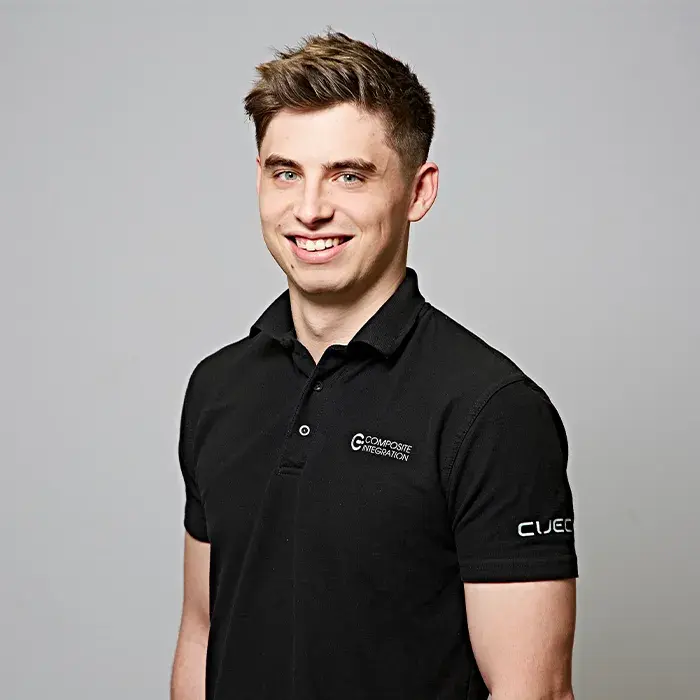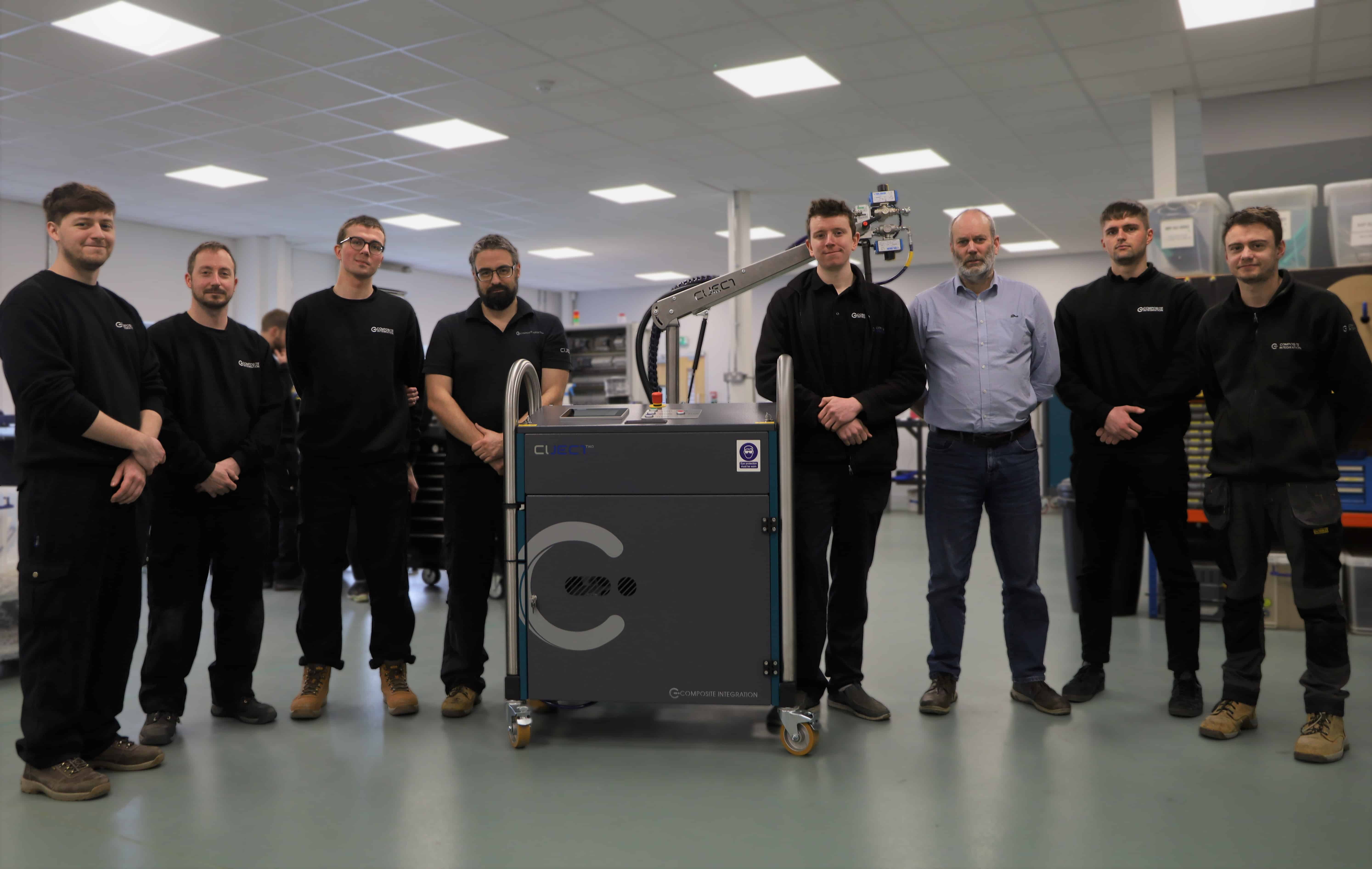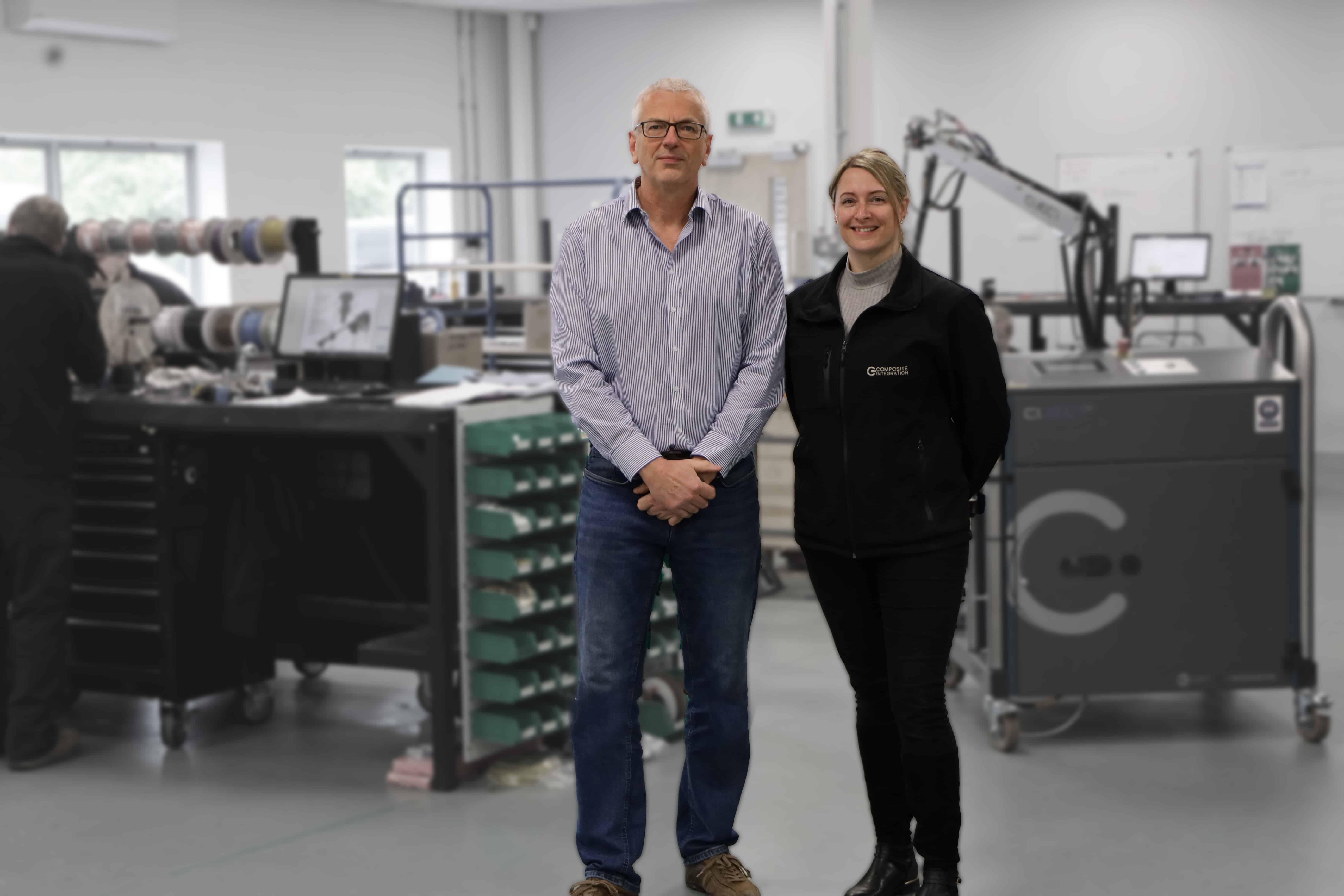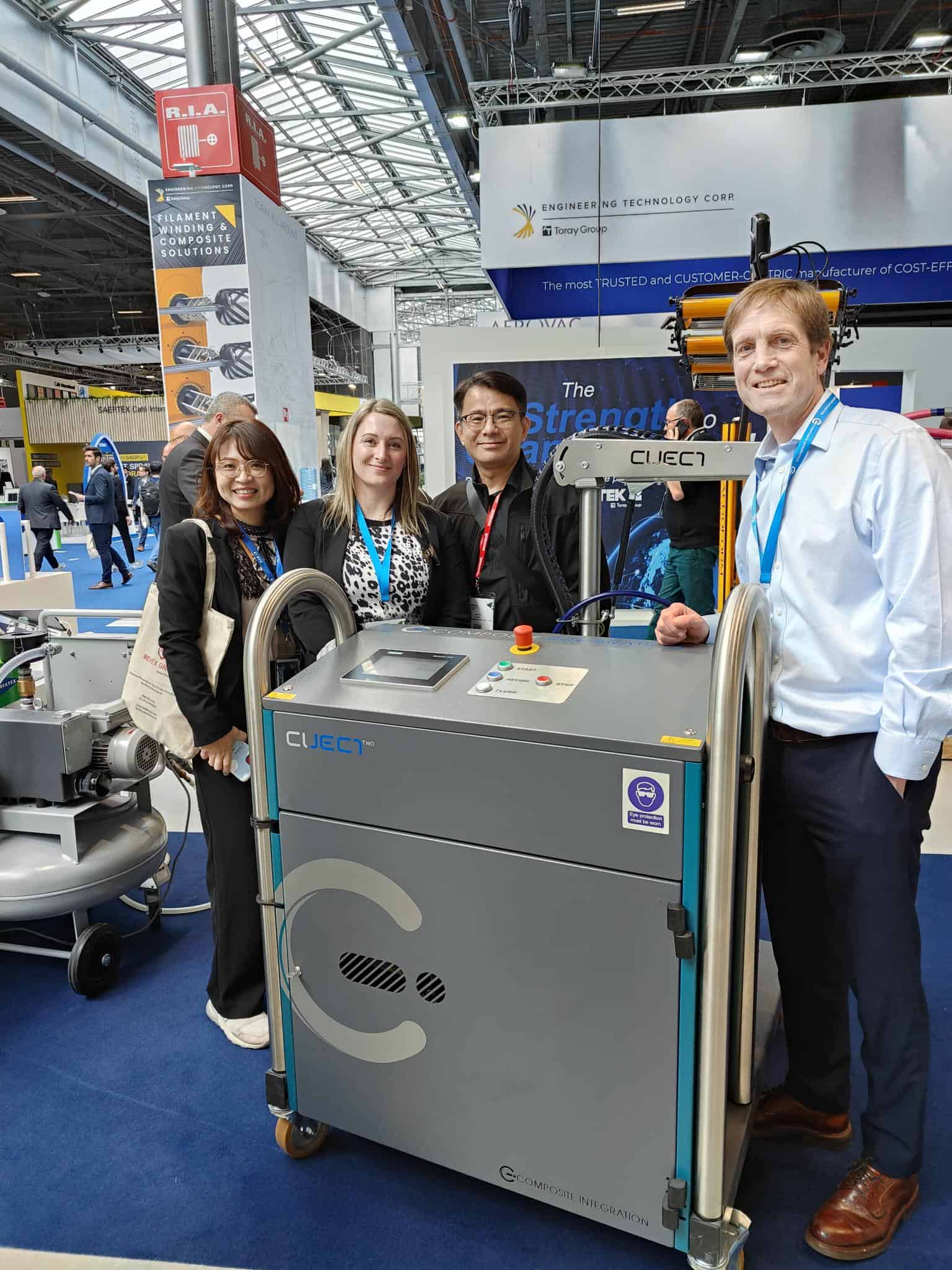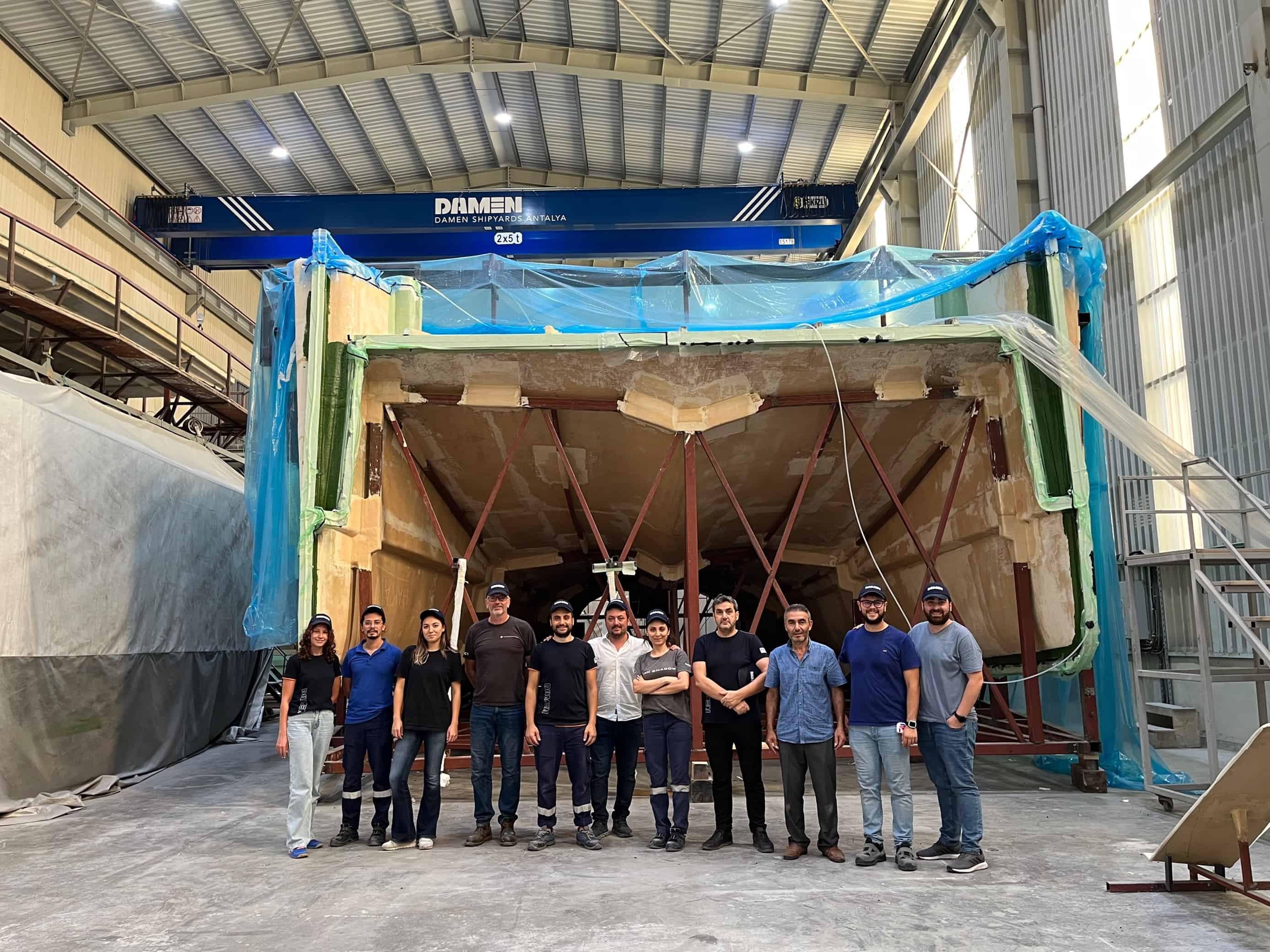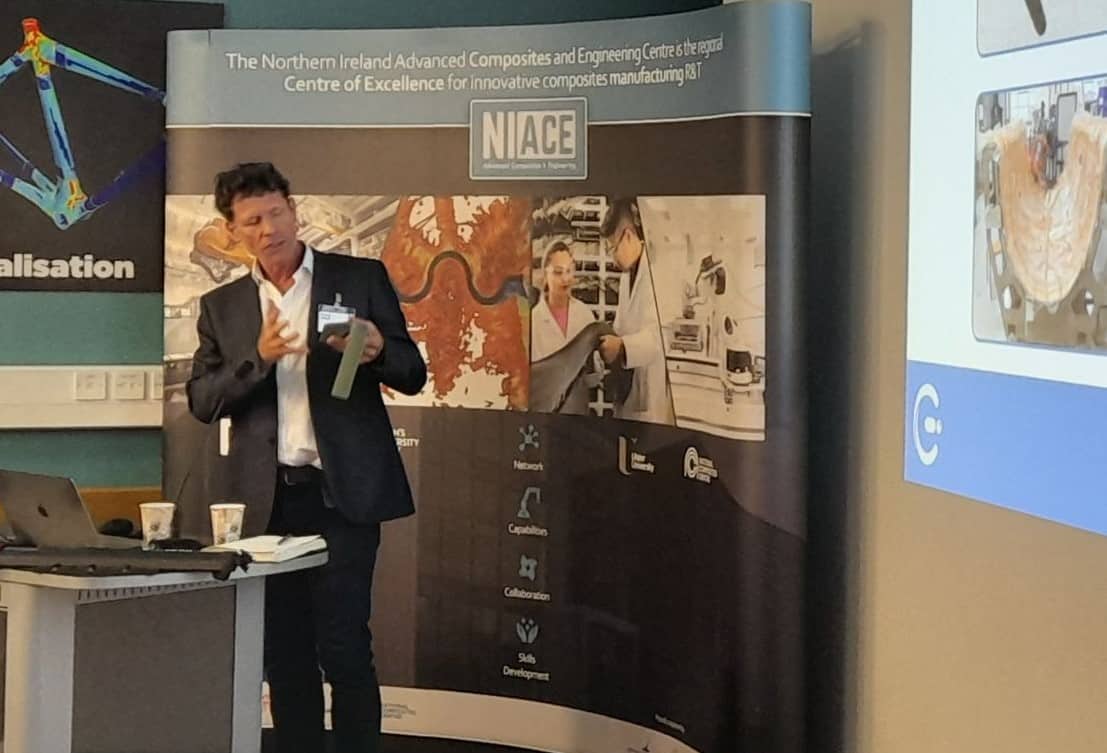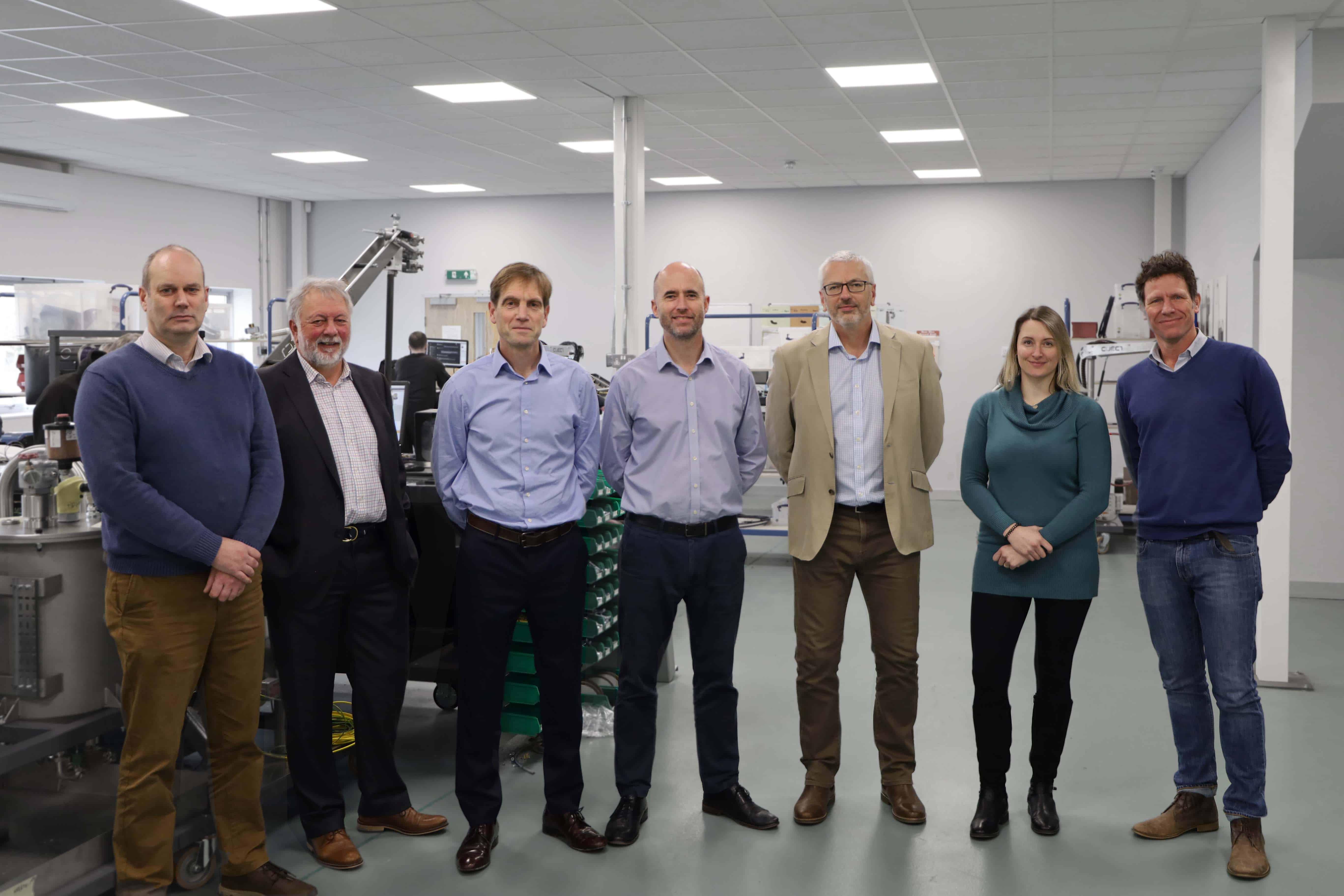Author:
The Key to Quality | Real Time Resin Degassing Measurement
In industries such as aerospace, wind energy and medical, where precision and integrity of composite materials are crucial, mastering fundamental processes like resin degassing is not just beneficial—it’s imperative.
Traditional degassing methods often fall short, offering only a snapshot of resin quality that can degrade significantly over time without continuous monitoring.
At Composite Integration, we recognise that to produce premium quality parts, the measurement and control of resin degassing must be precise and relentless. Our state-of-the-art degassing measurement technology is designed to overcome the inherent limitations of conventional methods, ensuring that every component not only meets but exceeds the rigorous standards of reliability and precision required in quality composite manufacturing.
Why Degassing is Essential for Quality Composite Manufacture
In sectors such as aerospace, wind energy and medical, where structural integrity can dictate the success of large-scale projects, the integrity of composite materials cannot be compromised. Trapped gases in resin systems can lead to voids or defects that significantly diminish the mechanical properties and durability of components.
Effective degassing, especially when monitored in real-time by advanced technology, ensures the production of high-quality and structurally sound composites. This is particularly crucial in vacuum infusion processes, where resin is introduced and cured under low pressure and must be thoroughly degassed to adhere to the stringent quality standards required by these applications.
The Importance of Degassing Measurement
Degassing may ensure initial resin quality. However, our CIJECT systems extend this capability by continuously measuring and maintaining resin quality, ensuring it remains at its peak throughout the manufacturing process. This gives Engineers the confidence and data to know the resin’s optimal state from preparation right though to infusion.
Comparing Laminate Quality: The Impact of Degassing
The Images below showcase infused laminates manufactured using our degassing measurement technology. The impeccable quality that is achieved is clear to see.
Impeccable quality achieved when using proper techniques.
A close up of a glass epoxy infusion – correct processing and
good degassing, delivering a flawless laminate.
Correctly degassed resins, constantly monitored and maintained by CIJECT technology, produce laminates with negligible void content, exemplifying the superior quality achievable with our advanced methods.
Typical data from a CIJECT 5 after a period of degassing can be seen below. Data gives the user a clear guide as to when the resin is ready.
Here you can see typical data from an epoxy resin sample in the lab which has been degassed & left to “age” or re-gas over time. This phenomenon is well known, but can now be measured.
Enhance Process Control in Composite Manufacturing
Our sensing technology’s accuracy in measuring the degassing of resins responds to the industry’s demand for quality.
The CIJECT series enhanced with cutting edge hardware and software, offers clear, actionable data that enables engineers to maintain precise control over the entire manufacturing process.
Precision Data – No More Guesswork
Our systems not only measure the initial degree of degassing but also monitor the resin’s behaviour over time.
This capability is crucial for applications where material properties must be predictably consistent, allowing for precise control over the infusion timing and eliminating the guesswork in component quality.
“Engineers can condition resin with confidence it will not regass, as our measurement technology enables them to monitor exactly what’s happening over time. They have complete control from preparation to infusion.”
Tim Searle – R&D Director, Composite Integration
A Commitment to Excellence in Composite Manufacture
At Composite Integration, our commitment to advancing technology through continuous innovation ensures that our clients always stay ahead of the curve.
Our measurement technology has been developed in response to our customers’ demand, and following significant Research & Development. These systems are not merely an enhancement—it’s a fundamental shift in how quality composite manufacture is achieved and maintained across multiple industries.
CIJECT resin mixing & injection with integrated degassing measurement.
Lessons and Highlights from a Design Engineer
Navigating My Placement Year at Composite Integration
Lessons and Highlights from a Design Engineer
During my second year at university, I encountered Composite Integration at a career event. The chat about their cutting-edge equipment and innovative processes grabbed my attention, and I was hooked. Eager to dive deeper, I applied for a placement as a design engineer.
CI Showcases Expertise at Tooling for Composites Event
Composite Integration, a leading provider of composite tooling and manufacturing equipment, attended the recent Tooling for Composites event on July 19, 2023, at Spirit AeroSystems in Prestwick, Scotland. The event was organised by Composites UK.
Tim Searle, Research and Development Director at Composite Integration, gave a presentation titled “The Right Tool for the Right Job (RTM & Infusion)” Tim presented the company’s expertise in a variety of tooling applications, including insights into the factors that should be considered when selecting the right tooling for a particular application.
During the event, Composites UK announced the publication of the Tooling Good Practice Guide. The guide provides a wealth of information about a fundamental part of composite manufacturing. Industry experts collaborated to create the guide, which is a useful resource for people from new trainees to clients specifying tools. Richard Bland, Technical Director at Composite Integration, contributed to the chapters on the design and construction of tooling and reviewed the document alongside Tim Searle.
The guide is a valuable resource for anyone involved in the design, manufacture, or use of composite tooling. It is available to download from the Composite UK website.
The Tooling for Composites event was a great opportunity for Composite Integration to showcase its expertise and network with other industry professionals. The positive feedback from the audience is a testament to the quality of Tim’s presentation and the company’s capabilities.
Composite Integration’s presentation at the Tooling for Composites event was a well-attended and successful event.
CIJECT Success at Composite Integration
Q1 2023 sees Composite Integration successfully launch the next generation Ciject® Two with equipment already commissioned in both Germany and Turkey, and more machines due to go out in the coming weeks.
CI at JEC World, Paris
At the end of April, Composite Integration alongside French distributor Diatex, exhibited at JEC World 2023 in Paris. The exhibition is the largest international composites trade show and was highly successful with visitors from across the globe.
Composite Integration appoints new Senior Control Engineer
Composite Integration is pleased to announce Oliver Powlesland as its Senior Control Engineer. Oliver joined Composite integration in 2015, coming straight from university where he studied mechanical engineering.
During his time, Oliver has developed his existing knowledge of software programming and has become a specialist in industrial automation. As a senior member of the design team, Oliver provides support and mentors many colleagues from an electrical and technical point of view.
As well as internal support, Oliver has been driving technical projects on major large scale infusion equipment, covering multiple sectors including Aerospace and Wind.
Composite UK Industry Awards 2022 – Composite Integration | Innovation in Composites Technology
Composite Integration are proud to be finalists in this year’s Composites UK Industry Awards within the Innovation in Composite Manufacture category.
The innovation in this project involved Composite Integration pushing the boundaries of traditional composite processes, working alongside Hill Helicopters to develop a complex vacuum tight multi-part tool and process techniques, in order to manufacture a prototype helicopter fuselage in a single shot, infused moulding with no bonded joints.
Composite Integration used their extensive experience in closed mould and infusion process technology to design and manufacture tooling and first off components for the high-performance composite fuselage.
Successful Collaboration in Turkey – 19m Catamaran Infusion
The three teams worked together to complete Damen’s first ‘Direct Infusion’, a technology developed by Composite Integration which has become a worldwide standard method for high quality, automated infusions in the marine, wind and aerospace sectors.
Using a CIJECT 4, with In Mould Pressure Sensors (IMPS), Metyx fabrics and core materials, the 1,800kg vinyl ester infusion was completed in 4.5 hours. This 19m catamaran project will shortly be followed by a 29m carbon/epoxy catamaran in early October.
Composite Integration Ltd entered its 20th year – Ambitious Growth Plans
Composite Integration Ltd entered its 20th year in 2022. Founded in 2002 by Stephen Leonard-Williams and Richard Bland, both having significant experience in RTM, liquid moulding methods and equipment development, it has grown continuously year on year.
To provide a comprehensive range of equipment and services to multiple sectors worldwide, Composite Integration Ltd assembled a talented technical team covering a variety of engineering subjects including composites, mechanical engineering, electrical engineering, and software development.
The long-term company vision included building a team to ensure it continued to thrive and grow well beyond the tenure of the founding members and to ensure successful collaborations with clients and partners continued far into the future. To achieve this, a management team has been carefully assembled in recent years with a wide variety of skills and experience and, in December 2021, the company restructured enabling the team to own the equity in the business.
A major contribution to the company’s long-term success has been its commitment to a core Composites capability and a deep understanding of the process requirements for manufacture of a wide range of composite components. The company is currently engaged in collaborative research programmes with a total value in excess of £10M, developing tooling techniques, process control & automation and state of the art composite parts. Recent recognition of this work includes selection as one of two finalists in the JEC Composites Innovation Awards – Aerospace Application category.
The new team is actively developing and updating the strategic plan to maintain controlled growth of Composite Integration, deliver a growing range of market leading products across multiple sectors and enable us to continue to provide a world class service to our expanding client base.


